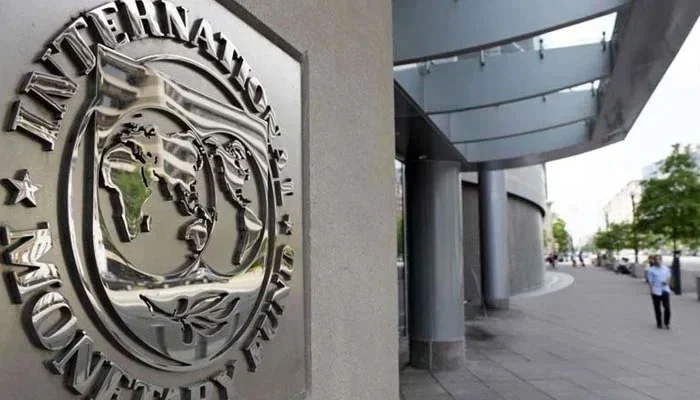Mohsin Siddiqui (Chief Reporter)
Amidst persistent fluctuations in electricity prices, the Central Power Purchasing Agency (CPPA) is advocating for a substantial Rs5 per unit surge in fuel cost adjustment (FCA) in upcoming bills. This move aims to generate an additional Rs35 billion for the ex-Wapda Distribution Companies (Discos) in light of February’s electricity consumption.
The proposed FCA increase by CPPA, standing at 113% higher than the pre-fixed fuel cost of Rs9.42 per unit for February, raises concerns regarding the power sector bureaucracy’s ability to accurately forecast fuel expenses even for shorter periods like 6-7 months. Recent months have witnessed additional FCAs consistently surpassing 80% of the initially determined fuel costs for the fiscal year.
This proposed FCA hike compounds on top of an approximate 26% increase in the annual base tariff and an additional 18% surge under the quarterly tariff adjustment, burdening consumers with higher bills despite reduced consumption, while over 77% of electricity production originates from local, cheaper resources.
The National Electric Power Regulatory Authority (Nepra) has scheduled a public hearing for March 28 to deliberate on the Rs5 per unit hike for February. The elevated FCA for February primarily stems from escalated domestic coal and gas prices, notwithstanding the cheaper imported fuel prices, including furnace oil and LNG, and a stable exchange rate.
CPPA, acting as the commercial agent of Discos, has formally petitioned for an additional FCA of Rs4.99 per unit in April’s billing cycle, reflecting the discrepancy between the reference fuel cost and the actual expenditure. Data indicates a decline in consumption trends, with February witnessing an 8.5% decrease compared to the same period last year and a 14% decline from January.
Hydropower dominated the energy mix at 25% in February, while nuclear power accounted for about 23.3%. Contributions from RLNG and local coal stood at 20.33% and 14%, respectively, in February, with a notable decrease in imported coal usage. Notably, there was no power generation from furnace oil and diesel-fired plants, further signaling shifts in energy sources and costs.




